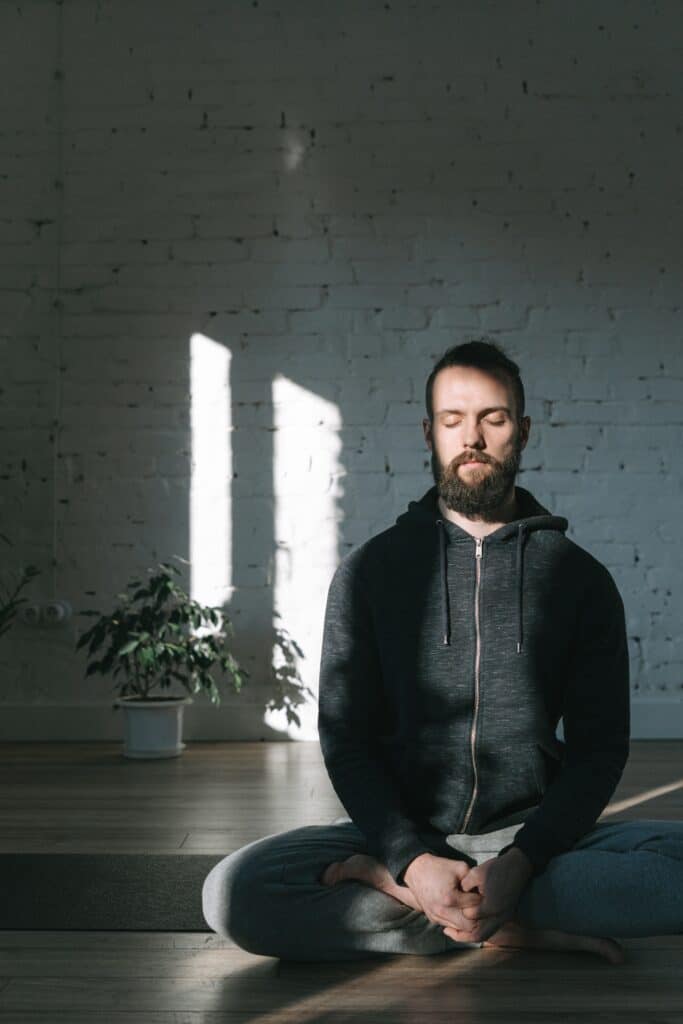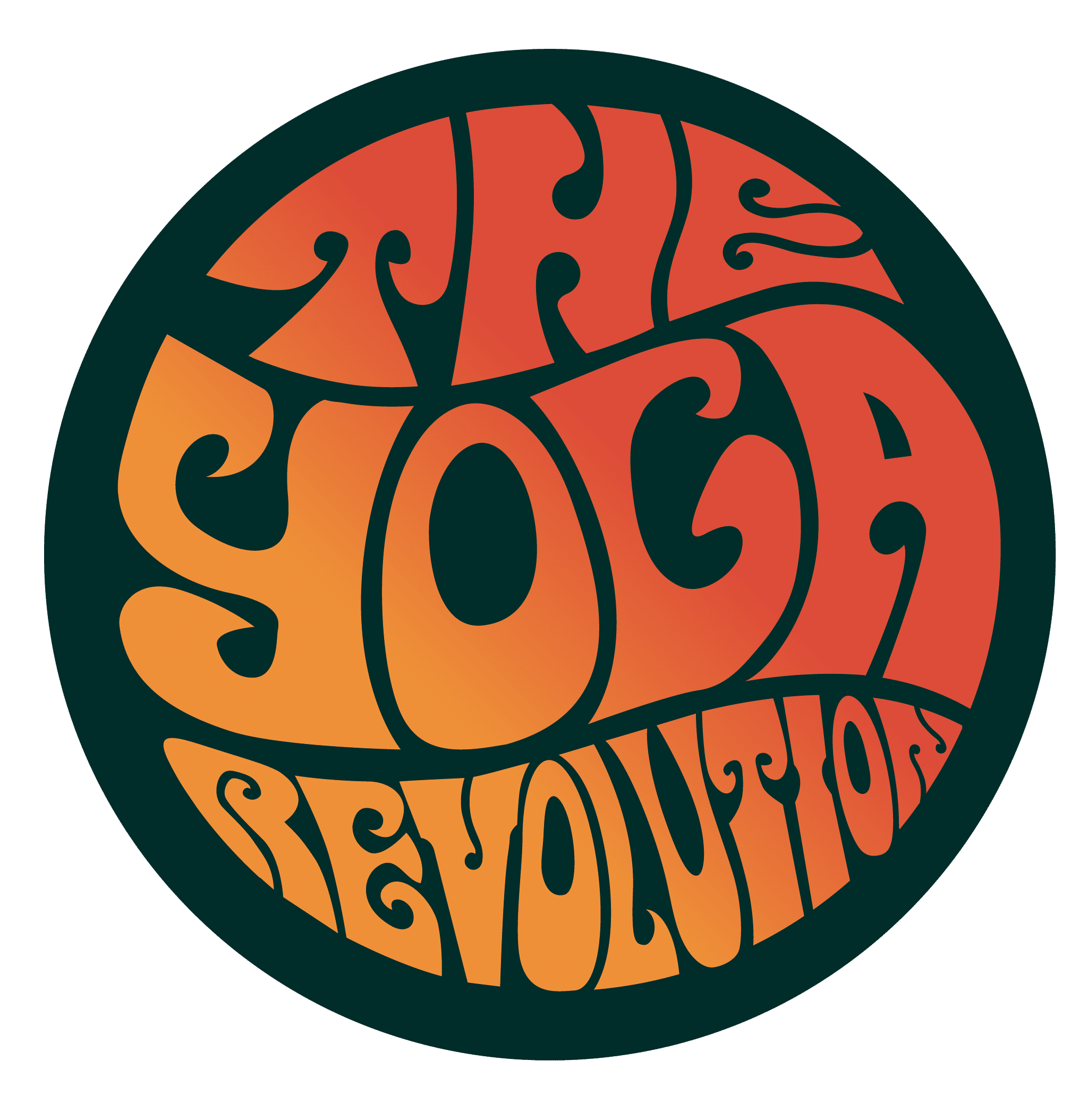It’s an interesting concept, for anyone who’s not done it before; using the breath as a tool to help calm anxiety.
And it sure can feel like nothing will help, when you’re in the midst of a panic attack, or when your mind is doing somersaults.
But can you trust me when I tell you that, honestly and scientifically, breathing will help.

As self-confessed pulmonaut (read: breath geek), James Nestor, who wrote Breath: The New Science of a Lost Art (check it out at the top of our Bookshop non-fiction list), tells us:
“Those with the worst anxieties consistently suffer from the worst breathing habits.”
And why?
Well, we’ve never really been taught what good breathing looks like.
Anyone ever talk with you as a kid about nasal breathing vs mouth breathing? Maybe if you’re an athlete, but it basically stops there.
In this post, I’ll share with you my top three breathing exercises that I use to help with my own anxiety, and that I teach in classes to help others. These techniques are used by Navy SEALs, asthmatics, free divers, interview-takers, CEOs, and now you…
Resonant Breath
This one’s simple:
Breathe in for a count of 5.5 seconds, expanding the belly and then the ribs in all directions, then without pausing, gently breathe out for 5.5 seconds, bringing the belly back toward the spine.
Why?
This controlled breath technique actually slows us down. So often our anxieties are coupled with quicker, shallower breathing. What happens when we breath quick and shallow? Well, the balance between carbon dioxide and oxygen gets thrown out of whack. And yes, it actually means we need to increase carbon dioxide levels by slowing the breath. That’s what this technique does.
Nadi Shodhana (Alternate Nostril Breathing)
This one’s taken right from yogic tradition; it involves breathing in through one nostril, pausing, breathing out through the opposite nostril and repeating on the other side. Practice this, and you’ll improve your lung function, reduce your heart rate and blood pressure, and down-regulate your nervous system (shifting from fight or flight to rest and digest).
- Place your right thumb gently over your right nostril, and your right ring finger gently over the left nostril – the forefinger and middle finger should rest between your eyebrows
- Close the right nostril with your thumb and breathe in through the left
- Pause at the top, pinching the nose
- Release your thumb and exhale slowly through the right nostril
- At the bottom of that exhale, inhale through the right nostril, the hands stay in the same position
- Hold at the top, pinching the nose
- Exhale through the left nostril, then repeat from the top for 5 to 10 rounds
Box Breathing
This is a really simple breath technique I use all the time to help me find calm and focus.
Breathe in for 4, hold for 4, breathe out for 4, hold for 4. Then repeat for 6 or more rounds.
The longer you make those counts, the stronger you’ll find the parasympathetic response (the shift to rest and digest). I like to challenge myself and practice box breathing in a ladder: starting at 4 and working up to my end range (say, 8), then dropping down one or two counts for a few rounds (to 7 or 6), then working slowly back to 4 again.
Want to learn to breathe with us? Become a member—with these techniques and others, through movement and mindfulness, we’re here to help you feel better.
Not ready to commit yet? Join our free inner circle for classes, resources, and inspiration to help you live joyfully.
